Recently, I had a salesperson come into my office to try to sell me a service. He came in, sat down and asked me two questions: what I do and how I thought the business was running. He then immediately launched into his sales speech. I sat back and listened as he made a classic selling mistake.

I had no need for his product, but he was intent on selling to me. He had an “I have to sell” mentality. This is oftentimes where salespeople go wrong. If you have to sell, don’t you think it would make the most sense to sell to people who have a need for your product or service? It is important that during any sales call we operate with a needs based selling mentality. People will only buy what they need; so, ask questions and listen to your customer. Find out if they are in the market for your product, and if they are not, then move on because you don’t want to waste your time (or theirs) if you could be out making a sale to someone who is willing to make a purchase.
In order to be a great salesperson, we need to look at all the signs coming from a potential client. This entails both nonverbal and verbal communication. During the sale, watch the body language of your customer. Are they sitting forward in their chair and engaged or are they leaned back with a look of boredom? Do they use active hand gestures or are they fidgeting? What type of tone do they have when they speak? All these forms of communication can help you quickly deduce whether or not the customer is interested in your product.
Great salespeople know that they can make a sale or move on faster by asking questions about needs, actively listening to the customer and interpreting nonverbal cues. These are proven sales techniques that lead to sales progress.

I had no need for his product, but he was intent on selling to me. He had an “I have to sell” mentality. This is oftentimes where salespeople go wrong. If you have to sell, don’t you think it would make the most sense to sell to people who have a need for your product or service? It is important that during any sales call we operate with a needs based selling mentality. People will only buy what they need; so, ask questions and listen to your customer. Find out if they are in the market for your product, and if they are not, then move on because you don’t want to waste your time (or theirs) if you could be out making a sale to someone who is willing to make a purchase.
In order to be a great salesperson, we need to look at all the signs coming from a potential client. This entails both nonverbal and verbal communication. During the sale, watch the body language of your customer. Are they sitting forward in their chair and engaged or are they leaned back with a look of boredom? Do they use active hand gestures or are they fidgeting? What type of tone do they have when they speak? All these forms of communication can help you quickly deduce whether or not the customer is interested in your product.
Great salespeople know that they can make a sale or move on faster by asking questions about needs, actively listening to the customer and interpreting nonverbal cues. These are proven sales techniques that lead to sales progress.



.jpg)
.jpg)